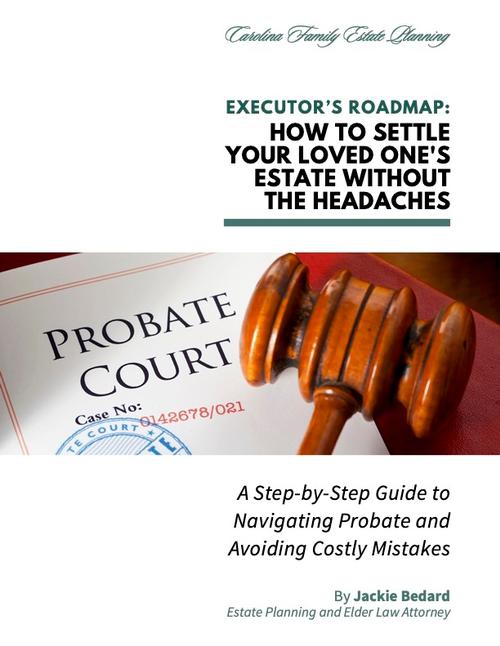 If the Decedent had a safe deposit box at a local bank, it is important that you do not remove any contents of the safe deposit box. After the death of an owner, a safe deposit box must be properly inventoried by the Executor or Personal Representative according to specific procedures that generally include the presence of the Clerk of Court, a Deputy Clerk, or another Qualified Person as defined by law.
If the Decedent had a safe deposit box at a local bank, it is important that you do not remove any contents of the safe deposit box. After the death of an owner, a safe deposit box must be properly inventoried by the Executor or Personal Representative according to specific procedures that generally include the presence of the Clerk of Court, a Deputy Clerk, or another Qualified Person as defined by law.
Many are under the impression that if they just add their adult children to their safety deposit box that this eliminates the need for an inventory of probate after their death, but this is not true. Just because you may have a key to the safe deposit box does not authorize you to access the contents of the safe deposit box.
If you are a lessee, co-tenant, or deputy of the decedent’s safe deposit box, then you may have the legal authority to access the safe deposit box without the presence of the clerk of court. However, the safe deposit box still must be properly inventoried and accounted for by the Executor or Personal Representative as part of the probate and estate administration process.
If you believe your loved one may have had a safe deposit box but do not know where it is located, try contacting all financial institutions where your loved one held accounts, ask family members and ask your loved one’s attorney.

